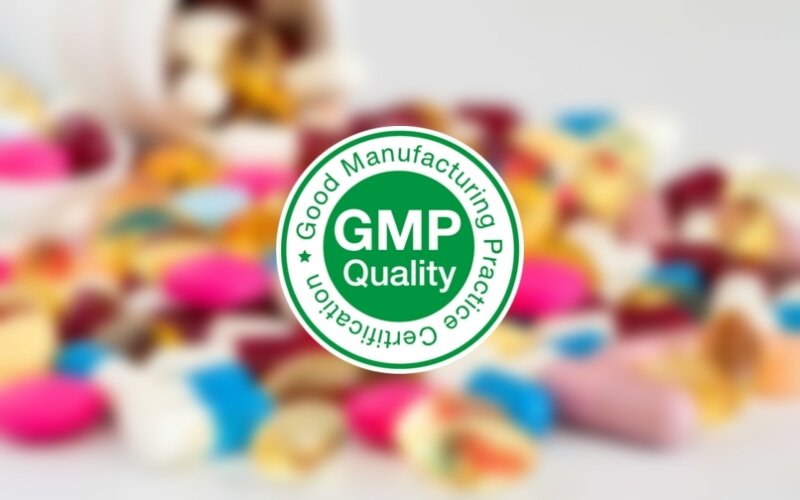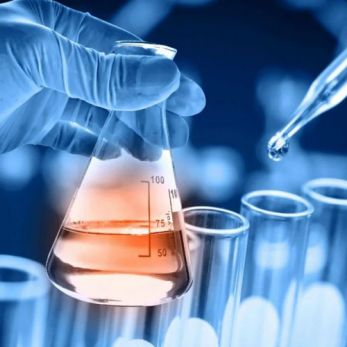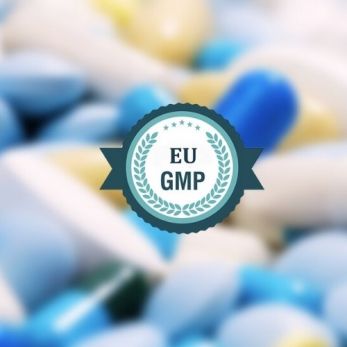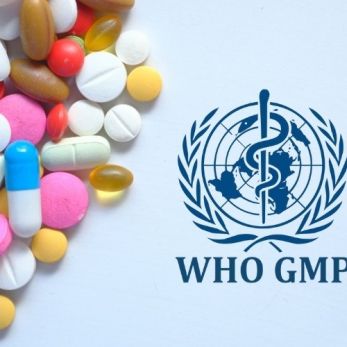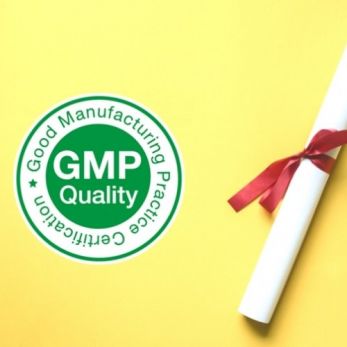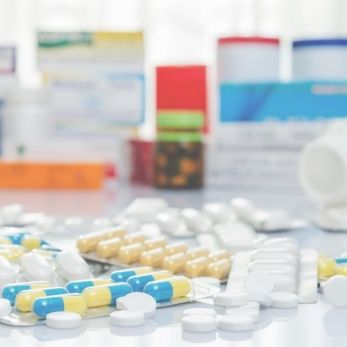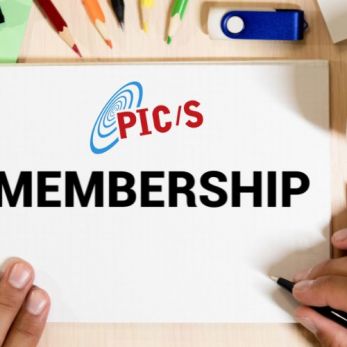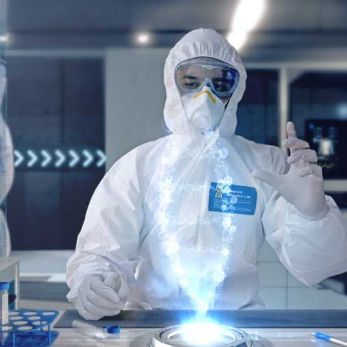What is GMP?
What is GMP and how does it relate to pharmaceuticals? How to practice GMP? What are the popular GMP standards in the world? We often see signs in medicines that say
What is GMP and how does it relate to pharmaceuticals? How to practice GMP? What are the popular GMP standards in the world? We often see signs in medicines that say "GMP standards". So what is GMP? Let's find out more in the article below.
1. What is GMP?
GMP (or Good Manufacturing Practices) is a system ensuring products are manufactured and monitored according to quality standards. These quality standards are created by agencies authorizing and licensing the manufacture of pharmaceutical products, food and beverage, cosmetics, dietary supplements, and so on.
The main purpose of GMP is to minimize the harm to the end-user and to protect the product from contamination.
Many countries have legislated that manufacturers must conform to GMP standards, and formulated their own GMP guidelines.
2. GMP principles
All the GMP guidelines must comply with the following GMP basic principles:
- Manufacturing products must minimize the risks to their quality
-Manufacturing facilities must maintain clean and hygienic areas, including laboratories and warehouse
- Manufacturing facilities design, operating principles, and environmental conditions must be controlled to prevent cross-contamination to pharmaceutical products and to avoid cross-contamination from labeled or non-labeled materials and products.
- Manufacturing processes must be clearly defined and controlled to ensure consistency and compliance with specifications
- Changes in the manufacturing process that affect the quality of drugs are validated as necessary
- Instructions and procedures must be written in clear and unambiguous language (Good Documentation Practice).
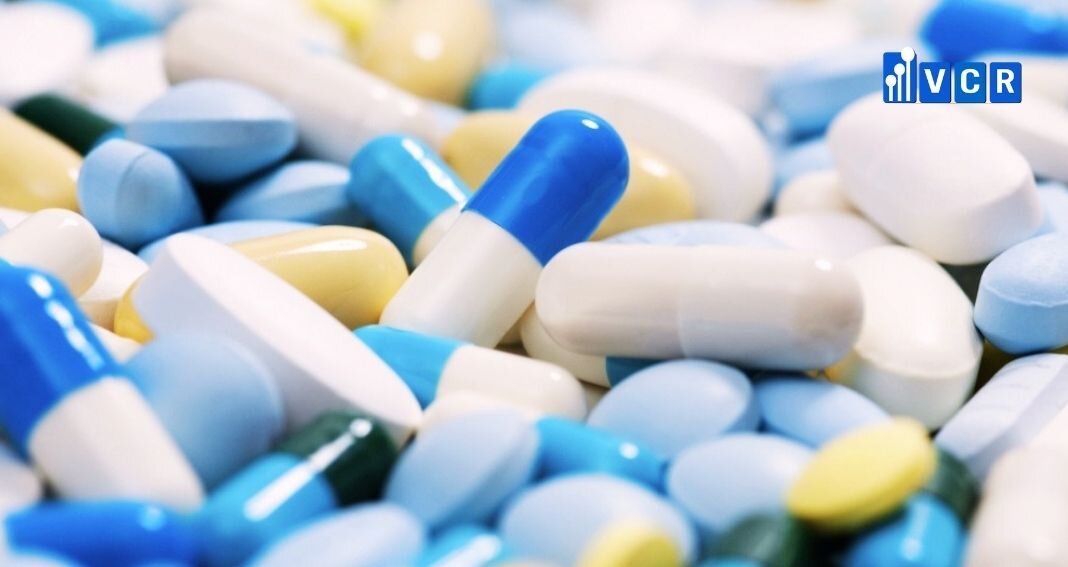
- Operators should be trained to perform production and product control according to documented and approved procedures. Records shall be made during production and quality control, demonstrating that all necessary steps in accordance with procedures and instructions have been taken and that the specified quality attributes of the product have been taken. Deviations are investigated and documented.
- The process should remain in control throughout the product life cycle and improvements are made as needed.
- Production records (including distribution) are retained in an easy-to-understand and accessible format, making it possible to track the complete history of a batch.
- A system must be in place to withdraw any lot from sale or supply.
- Complaints about marketed products should be examined, the causes of quality defects investigated, and appropriate measures are taken for defective products and to prevent a recurrence.
3. Why GMP is important to the pharmaceutical industry?
Poor quality pharmaceutical products lead to health hazards and a waste of money for governments and consumers. If pharma manufacturers cannot produce medicines that meet GMP standards, this will unintentionally make the patients could not use the medicines they need.
The pharmaceutical industry has a responsibility to ensure their safe and adequate supply, and this must be considered in pharmaceutical engineering and consulting projects from the outset.
In addition, GMP enables pharma manufacturers to export pharmaceutical products. Most of the countries worldwide only accept the import and sale of medicines manufactured according to internationally recognized GMP standards.
Investing in GMP is an investment in good quality products. It saves cost, reduces risks, and improves medicine standards worldwide.
Read more: Why GMP is crucial to supplement industry?
4. Versions of GMP guidelines
- CGMP
GMPs are enforced in the United States by FDA (US Food and Drug Administration). The regulations use the phrase "Current Good Manufacturing Practices" (CGMP) to describe these principles.
- GMP WHO
WHO GMP is formulated by World Health Organization and used by pharma regulators in over 100 countries worldwide.
- EU GMP
EMA (European Medicines Agency) promulgated EU GMP, which enforces the same requirements as GMP WHO, and CGMP. Pharmaceutical factories to achieve EU GMP certification must obtain the consent of inspectors from the competent authorities of the European Union.
- GMP PIC/S
GMP PIC/S is the guideline provided by Pharmaceutical Inspection Convention and Pharmaceutical Inspection Cooperation Scheme. GMP PIC/S has now applied in those countries and trade groupings that are signatories to ICH (the EU, Japan, and the U.S.), and in other countries such as Australia, Canada, Singapore.






